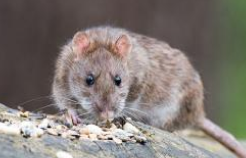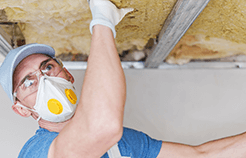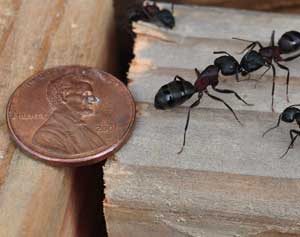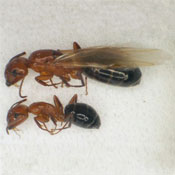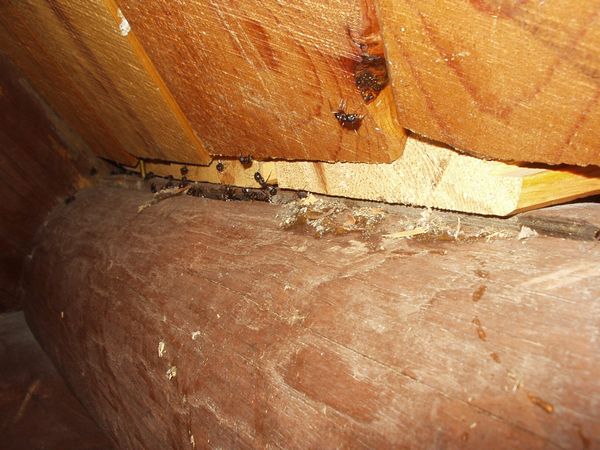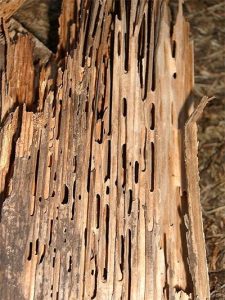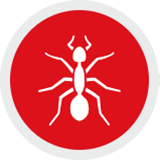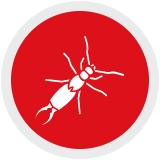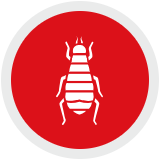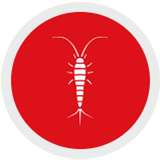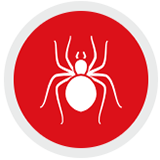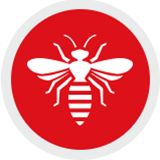Carpenter ant control is extremely important, especially in moist climates like in the Seattle area, and catching an ant problem early in the game is best. These ants are the #1 wood-destroying pest in the Pacific Northwest, even beating termites. Left unchecked, carpenter ant colonies will cause significant damage to wood, possibly compromising the structural integrity of a building. If you are seeing signs of these big black ants in or around your home, it may be time to call a professional to protect your home’s structure.
Signs of Carpenter Ant Damage and Infestations
If you are asking yourself, “how do I know if I have carpenter ants?”, look out for these warning signs of carpenter ants:
- Hearing a faint rustling sound or scratching noise in your walls or inside your woodwork. Carpenter ants burrow into the woodwork to create their nests, and they make noise when scraping out the wood particles.
- Spotting large black ants in your house.
- Finding piles of wood shavings or sawdust beneath wooden areas like baseboards, door jambs, and window sills.
- Seeing long ant trails or ant paths on your lawn. Carpenter ants will travel long distances to forage for food and bring it back to the nest.
- Finding large winged ants coming from your ceilings, walls, floor joists, crawl space, hollow doors, and other hidden cracks and crevices.
- Discovering ant droppings, which consist of soft, fibrous pieces of wood and fecal matter loosely compacted together.
- Seeing shed wings of “swarmer” ants near window sills, baseboards, or vents.
If you notice any of these signs, you may be hosting an active carpenter ant infestation and should be contacting a pest management professional immediately. These pests can cause extensive damage to wooden structures, which can eventually cause severe structural damage and costly repairs.
Check out our blog to learn more about how carpenter ant damage and termite damage compare.
What Does A Carpenter Ant Look Like?
Carpenter ants are fairly easy for an untrained person to identify with the naked eye based on size and color: they are huge and usually black. While worker ants are generally 0.5 inches in length, queens can reach up to 1 inch. So if you see large black ants in your house, you may have an infestation.
Do Carpenter Ants Eat Wood?
While carpenter ants will damage any wood that they nest in, it is not a food source. They do not eat wood for nourishment, but they carve out their homes in the softer portion of the wood grain. So you may find small piles of sawdust or wood shavings near your wall studs, your floor joists, or even near your wooden furniture.
Where Do Carpenter Ants Nest?
Carpenter ants typically nest outdoors in moist or decaying wood. They will also build nests in trees, tree stumps, tree roots, dead trees, and logs. Indoors, carpenter ants will often nest in areas that are damp or have excess moisture, such as around water leaks or in crawl spaces. These pests can also be found nesting in insulation, behind wallpaper, in wall voids, and beneath floorboards.
Satellite Nests
While carpenter ants generally nest outdoors, they will also build satellite nests in addition to their main nest. These satellite nests are smaller nests that are located some distance away from the main nest and are typically used to house the carpenter ant queen and her young.
When Do Carpenter Ants Appear?
You may not see constant carpenter ant activity, but rather you’ll find a few on one day and several on another day. Just because you don’t see signs of an infestation of carpenter ants doesn’t mean they are gone. It could mean that they are tending to their nests.
When it is sunny and dry outside, the ants may venture out for food. But when it is cooler or damp outside, the ants may spend their time ensuring that the colony’s pupae are stored well where they will continue to grow up and help the colony do some more damage to the wood in your home.
When Are Carpenter Ants Active?
Carpenter ants are consistently active when the average daily temperatures begin to rise above 45 to 50 degrees Fahrenheit. They are also most active during the night, so you are more likely to see or hear them rustling in the early morning or late at night.
How to Get Rid of Carpenter Ants
There are many products and methods to fight signs of carpenter ant infestation. Choosing the best depends on the time of year, the location of the carpenter ant nest, and many other factors.
Though DIY carpenter ant control is an option, in many situations there are satellite colonies, making it incredibly difficult to get rid of an infestation on your own. That’s why we recommend reaching out to a professional pest control company that specializes in common household pests.
Schedule Professional Carpenter Ant Removal
Eastside Exterminators has licensed, trained Pest Management Professionals who have years of successful experience spotting the presence of carpenter ants, getting rid of carpenter ants, and protecting homes from re-infestation. We’re also here for any questions about signs of a carpenter ant infestation or carpenter ants—just give our team of pest control professionals a call at 425-318-7912. Click here to learn more about our pest control programs in Seattle.
Tips for Preventing Carpenter Ants
If you are trying to prevent ants from nesting in wood within your home, consider taking the following precautions:
- Remove any piles of debris, wood, and junk from around your home
- Keep trees, shrubs, and plants trimmed and away from your home
- Caulk cracks and crevices around foundations that provide entry from outside
- Provide a dry, vegetation-free border, such as gravel or stones, around the perimeter of house foundations to discourage nest building. Wood chip mulches and landscape plants provide a good nesting environment
- Keep food put away and don’t leave dirty dishes out
Learn more about other types of ants commonly found in Washington, including the pavement ant, the moisture ant, and the odorous house ant.

 (425) 318-7912
(425) 318-7912
 MY ACCOUNT
MY ACCOUNT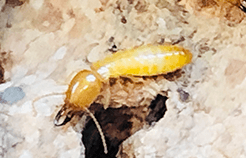
 425-318-7912
425-318-7912